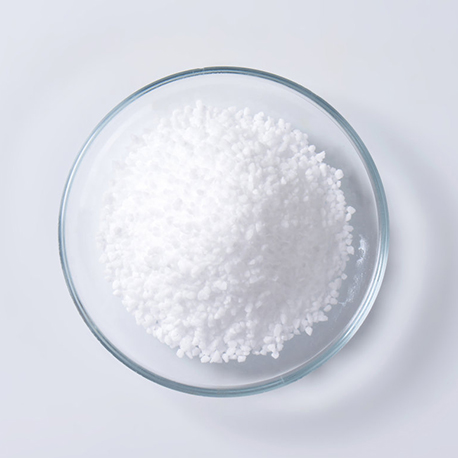
News
Сеп . 29, 2024 09:20 Back to list
Understanding the Role and Importance of Chelators in Biological Systems
Understanding Chelator Function A Key to Medical and Environmental Applications
The role of chelators in both medical and environmental sciences has garnered significant attention due to their unique ability to bind metal ions. These agents form complex structures with metallic elements, effectively grabbing them and making them inactive or easier to eliminate from biological systems or the environment. This article explores the significance of chelator function, highlighting its applications and benefits.
What are Chelators?
Chelators are chemical compounds that can form multiple bonds with a single metal ion. The term chelate is derived from the Greek word chēlē, meaning claw, which perfectly depicts how these molecules 'clutch' metal ions firmly. Chelators can be found in various forms, including both natural and synthetic compounds, and they have diverse functions in biological and non-biological contexts.
Medical Applications of Chelators
In medicine, chelation therapy has emerged as a vital treatment for heavy metal poisoning, particularly lead, mercury, and arsenic. Individuals exposed to these toxins can suffer severe health consequences, including neurological damage and organ dysfunction. Chelators, such as ethylenediaminetetraacetic acid (EDTA) and dimercaprol, effectively bind to these harmful metals, facilitating their excretion through urine.
Furthermore, chelators play a role in managing conditions such as hemochromatosis, a genetic disorder leading to excessive iron accumulation in the body. Iron chelators like desferrioxamine help in reducing iron overload, thereby preventing damage to vital organs. As a result, chelation therapy has not only been instrumental in detoxifying individuals from harmful substances but also in improving overall life quality for patients with chronic conditions.
Environmental Applications of Chelators
chelator function quotes

Beyond medicine, chelators have critical implications in environmental science. Heavy metals are pervasive pollutants deriving from industrial activities, agricultural runoff, and improper waste disposal. These metals pose significant threats to ecosystems and human health. Chelating agents are employed in soil remediation to extract and immobilize toxic metals like cadmium and lead, facilitating their removal or transformation into less harmful forms.
Moreover, chelators are utilized in wastewater treatment, where they assist in the precipitation and recovery of heavy metals from industrial effluents. By binding to metal ions, these compounds help in clarifying water, making it safe for discharge or reuse. This application is vital for protecting aquatic life and ensuring clean drinking water.
The Future of Chelator Technology
The ongoing research into chelator function is promising. Scientists are exploring innovative chelators with enhanced specificity and efficiency, aiming to improve treatment outcomes and minimize side effects in medical applications. Additionally, advancements in nanotechnology are paving the way for nanoscale chelators that can target metals with unprecedented precision, particularly in the fields of cancer therapy and targeted drug delivery.
Furthermore, the development of biodegradable and environmentally friendly chelators is becoming increasingly important in light of growing environmental concerns. These agents can offer sustainable alternatives that mitigate pollution without introducing additional contaminants.
Conclusion
In conclusion, the function of chelators is crucial in addressing some of the most pressing challenges in healthcare and environmental protection. From treating heavy metal poisoning to remediating polluted soils and water, the versatility of chelators underscores their significance in promoting health and sustainability. As research advances, the potential applications of chelation technology will likely expand, opening new avenues for improving both human well-being and environmental health. Embracing this knowledge can lead us toward a cleaner, safer future, making chelators indispensable allies in the quest for a healthier world.
-
Polyaspartic Acid Salts in Agricultural Fertilizers: A Sustainable Solution
NewsJul.21,2025
-
OEM Chelating Agent Preservative Supplier & Manufacturer High-Quality Customized Solutions
NewsJul.08,2025
-
OEM Potassium Chelating Agent Manufacturer - Custom Potassium Oxalate & Citrate Solutions
NewsJul.08,2025
-
OEM Pentasodium DTPA Chelating Agent Supplier & Manufacturer High Purity & Cost-Effective Solutions
NewsJul.08,2025
-
High-Efficiency Chelated Trace Elements Fertilizer Bulk Supplier & Manufacturer Quotes
NewsJul.07,2025
-
High Quality K Formation for a Chelating Agent – Reliable Manufacturer & Supplier
NewsJul.07,2025
